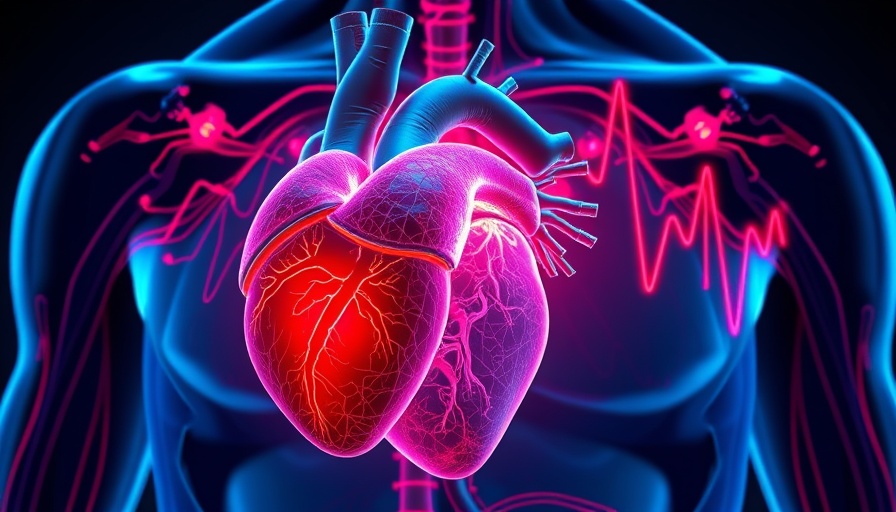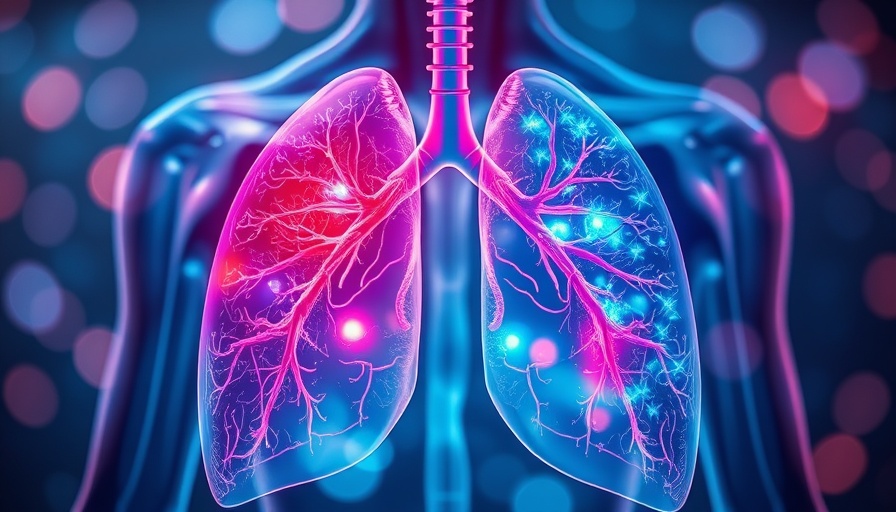
Revamping Your Diet: The Key to Better Cardiometabolic Health
In a world where quick fixes often dominate the health conversation, a recent study may take you by surprise. Research published in the European Journal of Preventive Cardiology illuminated the profound benefits of dietary changes, demonstrating that even without weight loss, individuals can experience significant improvements in their cardiometabolic health. This revelation sends an empowering message: our health doesn’t have to be dependent solely on our weight.
Unlocking the Metabolic Benefits of Whole Foods
At the heart of these findings lies the focus on whole, nutrient-rich foods. Participants in the study maintained their body weight while making notable shifts in their diets. This change not only improved cholesterol levels and reduced triglycerides but also lowered liver fat levels, all crucial markers for diabetes, heart disease, and overall wellness.
This means that simply opting for more whole foods—like fruits, vegetables, whole grains, lean proteins, and healthy fats—can lead to beneficial metabolic changes, even if the scale doesn’t budge. The research highlighted improvements in health markers within six to twelve weeks, providing quick motivation for individuals to sustain healthier eating habits.
Cholesterol Levels: The Increase Matters
A key finding indicated that good HDL cholesterol levels significantly increased in participants who adhered to healthier dietary patterns without losing weight. This is particularly exciting because higher levels of HDL cholesterol can help reduce the risk for heart disease. The research noted that for every kilogram of weight lost, participants experienced a 1.44% increase in HDL. However, even those who maintained their weight saw noteworthy improvements.
The Significance of Reducing Triglycerides
Another important aspect highlighted by the study was the reduction of triglycerides, which are fats found in the blood. Elevated triglycerides are often tied to abdominal fat and have been linked to heart disease. Interestingly, participants who simply changed their diets were able to lower their triglyceride levels—proving that what you consume can significantly impact heart health.
The Link to Liver Health
Liver health is essential for overall bodily function, and the study found that liver fat decreased in individuals who shifted to healthier diets without weight loss. This offers hope for those managing or seeking to prevent fatty liver disease, enhancing their chances of long-term health.
Fostering Healthy Habits Beyond the Scale
The implications of these findings extend beyond individual health; they open the door for societal change in how we perceive wellness. With alarming statistics indicating rising rates of obesity and related diseases among young adults in America, it’s crucial to shift focus from weight loss as the sole goal to prioritizing nutrition and dietary quality as initial steps toward better health.
Moreover, fostering consistent eating patterns and ensuring a complete diet that includes adequate carbohydrates can bolster metabolic function further. Rather than turning to calorie counting or obsessing over macronutrient ratios, individuals can enhance their health by focusing on incorporating more whole foods into their daily lives.
Actionable Steps Towards a Healthier Lifestyle
To truly reap the benefits of dietary improvements, consider implementing the following tips:
- Prioritize nutrient-rich foods: Fill your plate with a variety of colors and textures from vegetables and fruits.
- Limit processed foods: Cut back on sugar-laden snacks and refined products that contribute to inflammation and chronic disease.
- Emphasize whole grains: Nourish your body with options like oats, quinoa, and brown rice to ensure a steady intake of carbohydrates.
- Engage in consistent mealtime patterns: Establish regular eating schedules that support metabolic balance and digestion.
- Focus on building muscle: Incorporate strength-training activities to increase muscle mass, which can amplify metabolic function.
Ultimately, as we continue navigating the complex landscape of health, it is essential to remember that every small change counts—especially when it comes to what we eat. You have the power to influence your health journey starting today, simply by making conscious choices about your diet.
Your Path to Better Health Starts Here
With cards stacked against us in the battle of obesity and chronic diseases, it’s time to take action. Rethink your relationship with whole foods and embark on a culinary adventure to nourish your body and mind. Enjoy the benefits of improved cardiometabolic health and be part of a movement that prioritizes wellness over weight!
 Add Row
Add Row  Add
Add 




Write A Comment